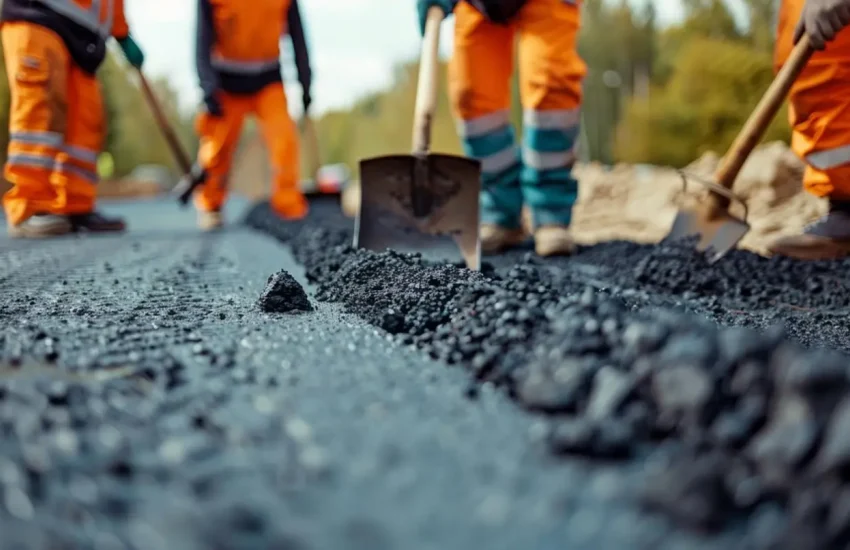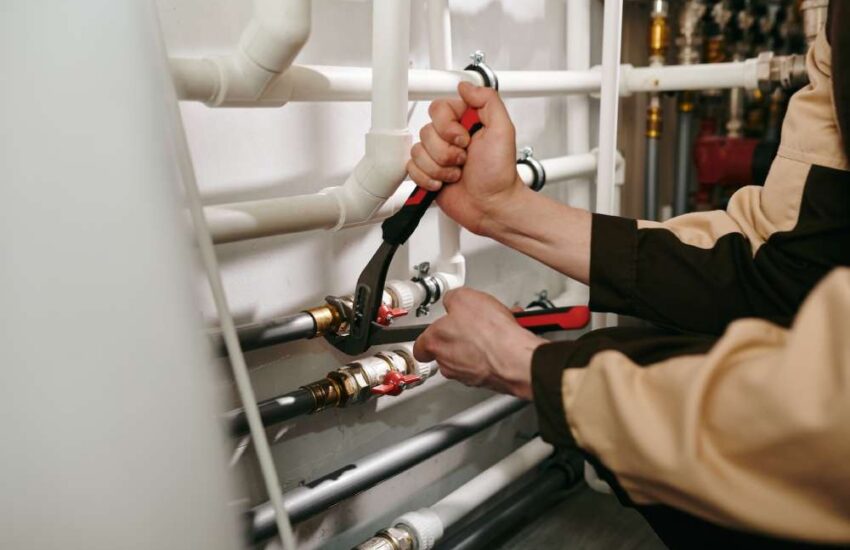How to Install Paneling For Walls
The first step to installing wall paneling is to ensure the existing fence is clean and dry. Scrape any flaking paint or plaster and sand the surface if needed.
If your walls are not plumb, use furring strips to create a level surface before you hang the paneling. If your walls are curved, trim them straight and square with the paneling.

Preparing the Walls
Paneling for walls can be a great way to add warmth and character to a room. It’s also an excellent option for a budget-friendly weekend project that will make a significant impact.
If you’re tackling this task independently, some basic steps must be taken to ensure the wall is ready for paneling installation. First, you’ll need to provide the wall is level and plumb.
The next step is to sand and smooth the wall down to remove any lumps or bumps that may show through the panels. It will help to create a uniform look across the whole border.
Once the wall has been sanded, it’s time to plan out where you want to place the panels. It will help you better understand where each wood panel will go and save time during installation.
You’ll need to use a pencil, tape measure, or a laser level to mark the wall before placing the wood. It will allow you to keep the wood straight and give you a reference line to work from to put it correctly and avoid making any mistakes during installation.
If you’re working with an uneven wall, consider using backer boards to cover any areas that might need covering. These are mold and moisture-resistant and will ensure the wall is flat even before installing your panels.
Cutting the Panels
Paneling for walls is a great way to add character and texture to your home. There are many different styles, materials, and colors available. You can choose one that works for your decor and budget.
First, determine the width and thickness of the wall paneling you need. The width will be based on the overall size of your walls, and the thickness will depend on how much wall space you want to cover.
Use a table saw to cut medium-density fiberboard or plywood paneling to size. You can also use a circular saw, but it’s best to ensure you have an excellent blade to avoid chipping and splintering.
If the panels you’re using are thinner than 1/4 inch, consider applying construction adhesive to the back surface of each piece of paneling before nailing them in place. It will ensure they won’t buckle over time due to expansion and contraction.
Once you have the adhesive applied to your wall, install each panel. Be sure to leave a slight gap between each board as you install them, so they don’t look too tight. You can hide this gap by staining the wall or using colored putty wood filler sticks.
Depending on your wall surface, you may need to remove existing baseboards and molding to prepare the surface for paneling. If so, ensure the area is clean and dry before installing your panels. Next, sand down the walls to remove rough edges that may show through your paneling.
Fastening the Panels
Wall paneling is a popular way to add a decorative touch to walls. They come in many different shapes, sizes, and colors and are usually easy to install.
They can be made from various materials, including wood, plastic, and metal. They are designed to withstand moisture, mildew, and mold.
Regardless of the material, it is essential to acclimate the panels before installation. It will prevent seams from opening up if the boards dry and shrink or buckle if they swell.
Place the panels in the room; they will be installed at least a week before you start nailing them up. It will allow the material to acclimate to the room’s ambient humidity.
Load a caulking gun with the appropriate adhesive when the paneling has acclimated. Apply dollops strategically on the back of each panel, and spread it out with a notched trowel or caulking gun.
Once the adhesive has become tacky, set the panels in place and use finishing nails to secure them. Please ensure the panel is plumb before nailing it in place, and try to put nails in hidden places, such as recessed areas of bead board or grain lines on natural paneling.
Using FRP panels requires extra materials that may influence your final installation costs, such as moldings like divider bars, outside corners, and end caps. The FRP panels also typically require nylon rivets for attaching to the wall.
Finishing the Walls
Before you install paneling for walls, be sure to prep the wall. It includes sanding the surface to remove dirt and oil.
Next, use a laser level to make sure the wall is level. Otherwise, use a tape measure or pencil to mark a reference line on the wall where you plan to place your paneling.
If your wall has a lot of unevenness, consider adding horizontal furring strips to fasten the panels. These will increase the finished wall thickness by 3/4-inch, making it easier to nail the wood panels to the wall studs at openings and outside corners.
You can also apply a thin coat of paint to the paneling. It will help adhere to the wall and prevent it from sagging after installation.
After the drywall has dried, cover the surface with caulk and wood filler to correct any holes or cracks. When painting, these products dry quickly and will give your walls a smooth finish when painting them.
Once you’ve corrected your blemishes, you can begin installing the paneling. You should arrange the wall-covering pieces and number them accordingly so that you can refer to them when you’re ready to glue and nail them into place.
To complete the installation, insert a piece of paneling into each cut opening on the wall and fasten it with finishing nails. Be sure to countersink the nails slightly to keep them flush with the wall’s surface and avoid damaging the paneling.


